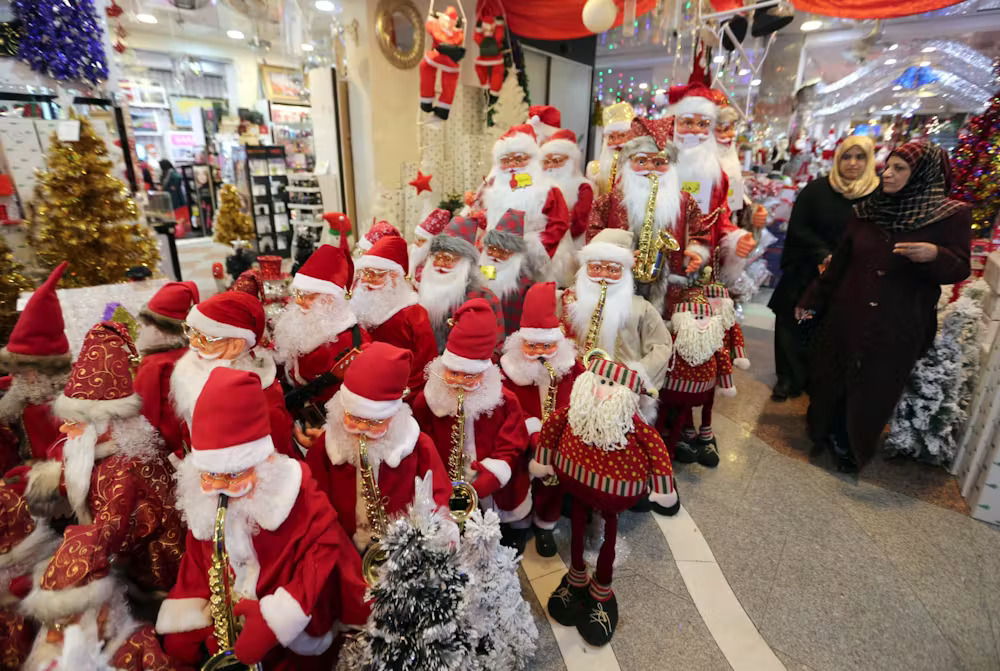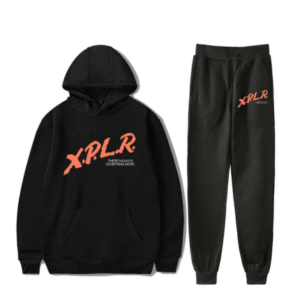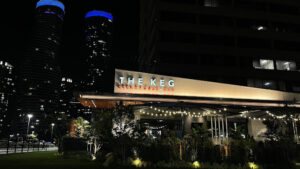
A vibrant holiday market packed with Santa Claus displays reflects the Evolution of Christmas, showing how faith, family, and commerce blend in today’s celebrations.
Christmas was once a deeply spiritual celebration focused on family, reflection, and faith. Today, it has grown into a global economic event powered by consumer spending, advertising, and spectacle. While its core message of generosity remains, the way people celebrate has changed dramatically. Some even playfully mix traditional and modern themes—festive creativity has no limits, much like how a BDSM Sleepsack might appear in alternative art or fashion interpretations, blending symbolism with expression. Evolution of christmas has evolved from sacred ritual to social celebration, reflecting how culture itself transforms over time.
The Religious Roots of Christmas
Birth of a Tradition
Christmas began as a Christian observance of the birth of Jesus Christ. Early celebrations focused on prayer, community, and acts of kindness. Churches were at the heart of festivities, offering hope and togetherness.
Over centuries, the celebration merged with local customs, pagan winter festivals, and family rituals. The emphasis shifted from solemn worship to warmth, gift-giving, and festive meals. This evolution made Christmas more inclusive, reaching beyond religion into wider cultural practice.
The Rise of Commercial Christmas
From Faith to Festivity
By the 19th century, Christmas started transforming into a family-centered holiday. The rise of the printing press and advertising introduced Santa Claus, greeting cards, and Christmas markets. Department stores turned celebration into spectacle.
The modern era accelerated this shift. Today, retail dominates the season—stores decorate in early November, and brands compete to capture the “holiday spirit.” From movies to marketing, Christmas became a commercial and emotional event.
Shopping, Spending, and Status
In many households, Christmas spending symbolizes love and care. People buy gifts to express emotion, not obligation. Yet this emotional exchange fuels one of the world’s largest retail periods. Decorations, travel, and technology purchases push global spending into the trillions.
The focus on luxury and individuality reflects changing values—people now chase experience as much as faith. In certain artistic circles, even unusual creative expressions, like costume elements inspired by Pet Crawler Bondage, show how modern celebrations blur lines between culture, art, and personal freedom.
Cultural Shifts and Modern Meaning
Family, Media, and Connection
The media has redefined Christmas. Films, music, and advertising shape expectations of joy, togetherness, and perfection. The holiday became a shared fantasy—glowing trees, cozy homes, smiling families. Yet many struggle to meet these ideals, leading to stress and reflection about what Christmas truly means.
Despite commercialization, one value remains strong—connection. People crave time with family, shared meals, and community spirit. Even amid digital distractions, the emotional pull of the season continues to unite people.
Global Celebration, Local Traditions
Around the world, Christmas adapts to different cultures. In the US and UK, shopping and decoration dominate. In Europe, handmade gifts and quiet dinners prevail. In Asia, it’s a mix of Western imagery and local interpretation. The global celebration proves that Christmas has become a universal language of hope.
The Role of Ethics and Craftsmanship
Rethinking What We Buy
Amid the rush for gifts, more consumers are choosing sustainability and authenticity. Handmade, durable, and ethically produced goods are replacing disposable items. The shift shows how values are moving back toward meaning rather than mass production.
The Example of Craftsmanship
Craftsmen like The Leather Impressions embody this shift. Their focus on quality, responsibility, and design reflects how people now seek timeless creations over trends. The modern Christmas shopper looks for the purpose behind the product, not just price tags.
Even classic accessories, such as a Posture Collar, once used in niche or artistic spaces, are being reinterpreted in fashion and storytelling—showing how craftsmanship and creativity transcend category.
Christmas and the Future
From Gifts to Experiences
As consumer behavior evolves, experiences are overtaking material gifts. People prefer travel, events, and shared memories over luxury goods. The emotional value of connection outweighs material accumulation.
Balancing Faith and Fun
The challenge ahead is preserving the meaning of Christmas amid its commercialization. For many, it’s about merging tradition with mindfulness—keeping joy alive while staying aware of its origins.
Final Thoughts
Christmas reflects humanity’s journey—from faith to festivity, from tradition to transformation. The season has expanded from sacred observance to cultural celebration, but its essence endures: love, generosity, and reflection.
Modern consumers now shape their own Christmas stories. Whether spiritual, creative, or community-based, the season continues to evolve as a mirror of how people find meaning in giving and belonging.
Frequently Asked Questions
How did Christmas shift from religion to retail?
Industrialization, advertising, and media expanded Christmas from spiritual celebration to a global consumer event focused on family and festivity.
Why is Christmas so commercial today?
Retail growth and cultural change turned Christmas into a major shopping season. Marketing reshaped traditions into opportunities for emotional and material expression.
Are people moving back toward meaningful celebrations?
Yes. Many now prioritize sustainability, handmade gifts, and personal experiences instead of excess consumerism.
How has global culture influenced Christmas?
Globalization spread traditions and media, blending Western customs with local culture to create diverse celebrations worldwide.
What defines modern Christmas values?
Connection, creativity, and compassion define today’s Christmas, balancing faith, ethical choices, and meaningful relationships over material excess.




